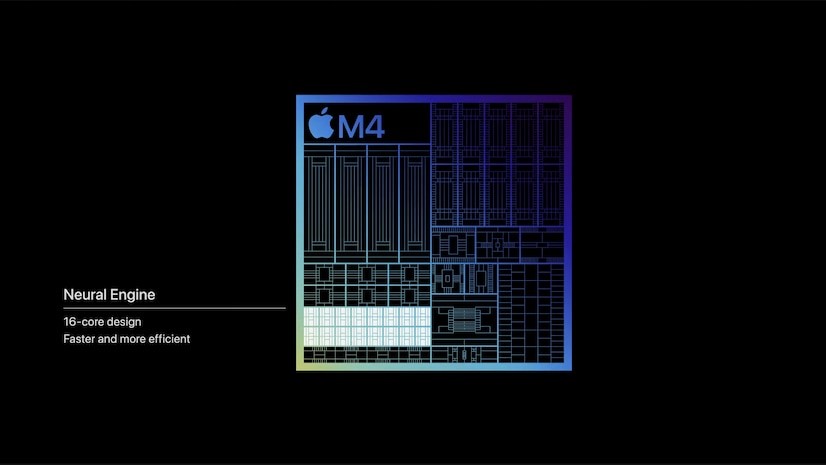Free Courses Sale ends Soon, Get It Now


Free Courses Sale ends Soon, Get It Now



Source: BusinessStandard
Disclaimer: Copyright infringement not intended.
Context
Details
What is NPU (Neural Processing Unit)?
Integration in Consumer Devices:
Role in Data Centers:
Key Features of NPUs:
NPU Applications:
Distinctions between NPUs, CPUs, and GPUs
CPU (Central Processing Unit):
GPU (Graphics Processing Unit):
NPU (Neural Processing Unit):
Key Differences:
On-Device AI and the Role of NPUs
Sources:
|
PRACTICE QUESTION Q. While CPUs, GPUs, and NPUs all contribute to computing capabilities, NPUs stand out for their specialization in accelerating AI workloads, offering superior efficiency and performance for tasks like deep learning inference. Comment. (250 words) |
© 2024 iasgyan. All right reserved